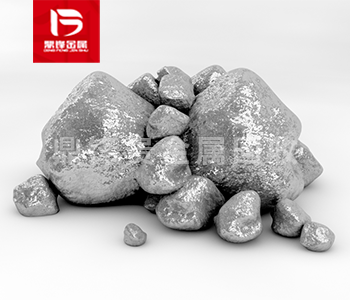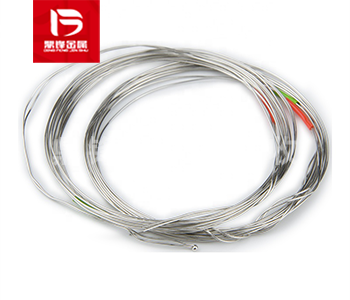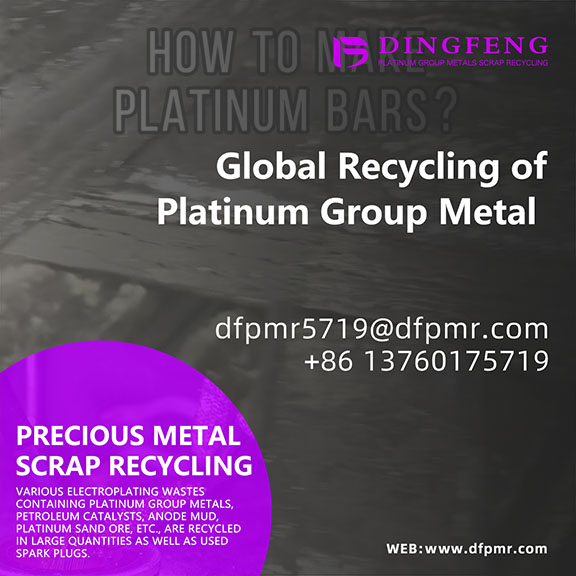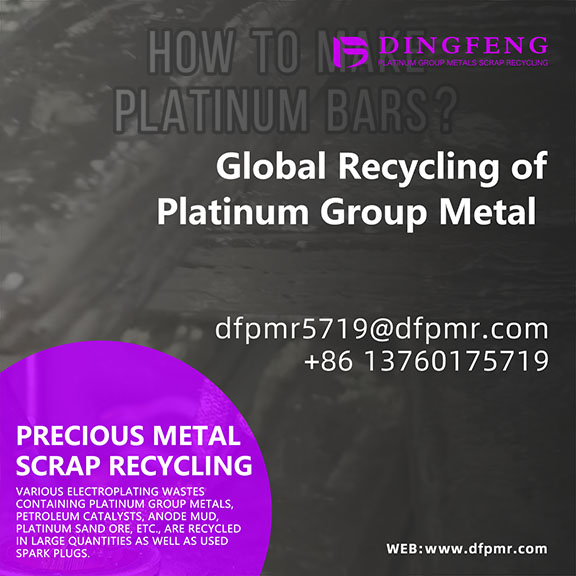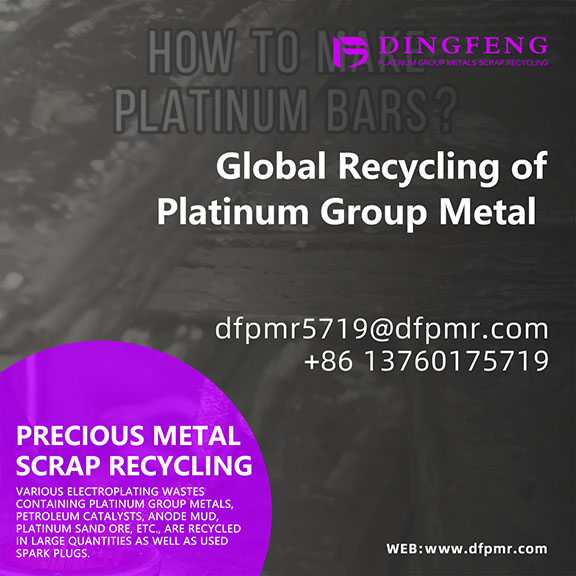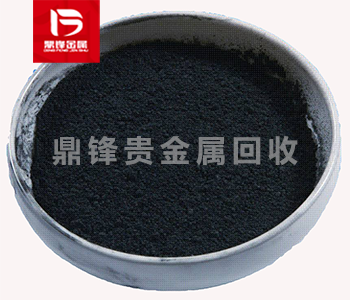Two Methods for Recycling Waste Platinum and the Price Conclusion of Platinum Recycling
Platinum is a very valuable rare metal with a wide range of applications, including automotive catalytic converters, electronic devices, and jewelry. Due to limited supply of platinum, recycling plati
Platinum is a very valuable rare metal with a wide range of applications, including automotive catalytic converters, electronic devices, and jewelry. Due to limited supply of platinum, recycling platinum has become an important aspect of the precious metal industry. There are several methods for recovering platinum, including hydrometallurgy, pyrometallurgy, and chemical reduction.
Hydrometallurgical process
Hydrometallurgical processes are typically used to recover platinum from recovered catalytic converters. This method involves dissolving the catalytic converter in an acidic solution to extract platinum. The type of acid solution used depends on the composition of the catalytic converter, but hydrochloric acid is usually used. Then, platinum is precipitated from the solution with a reducing agent such as Sodium borohydride, and the precipitate generated is further refined to obtain pure platinum.
Pyrometallurgical process
The pyrometallurgical process involves heating platinum containing materials to high temperatures to extract platinum. This method is commonly used in the mining industry to extract platinum from ores. The material is heated in a furnace and platinum is extracted in the form of a metal or oxide. Then, the platinum is further refined to obtain pure platinum.
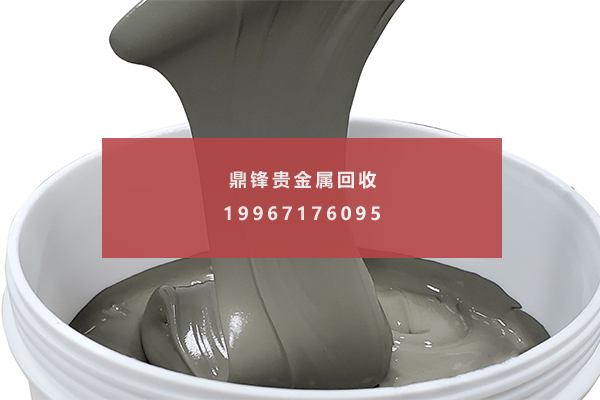
chemical reduction
Chemical reduction is a method of recovering platinum from electronic waste, which contains a small amount of platinum in the form of printed circuit boards and other components. Electronic waste is first crushed and ground into fine powder, and then treated with chemical reducing agents such as Sodium borohydride to extract platinum. Then, the platinum is further refined to obtain pure platinum.
Environmental issues in platinum recycling
Environmental factors are an important consideration when choosing a method for recovering platinum. The hydrometallurgical process produces toxic waste streams that need to be treated before being discharged into the environment. The pyrometallurgical process produces a large amount of carbon dioxide and other pollutants, and may also require a large amount of energy. Chemical reduction is often considered a more environmentally friendly method for recovering platinum, as it generates less waste and consumes less energy.
conclusion
Platinum recycling is an essential process in the precious metal industry as it helps to save limited resources and reduce environmental impacts. Hydrometallurgy, pyrometallurgy, and chemical reduction are all effective methods for recovering platinum from different sources, depending on the type of material and the expected purity of the final product. By considering environmental factors, we can ensure that platinum recycling is carried out in an efficient and environmentally responsible manner.
The recycling price of platinum slurry: The recycling price of platinum slurry is the price that mining companies are expected to obtain from platinum slurry extracted from ore. This price is determined by various factors, including the supply and demand situation of PGM, the cost of mining and refining metals, and the economic and political environment in which mining operations are carried out. Based on changes in these factors, the recovery price of platinum slurry may fluctuate significantly over time. For example, in the early 21st century, driven by rising demand in the automotive industry and supply disruptions in South Africa, the world's largest producer of platinum, platinum slurry prices hit a historic high. At that time, the recovery price of platinum slurry exceeded 2000 dollars per Troy ounce. However, in recent years, the recovery price of platinum slurry has dropped significantly, reaching a low point of about $800 per Troy ounce in 2018. This decrease can be attributed to several factors, including the shift to electric vehicles that require fewer catalytic converters, and the increase in platinum supply due to new mining operations in Russia and Zimbabwe.
&Quot; Dingfeng Precious Metals Recycling includes precious metals such as gold, silver, palladium, rhodium, platinum, germanium, iridium, ruthenium, etc. This is our business in precious metal recycling. If you have precious metals such as gold, silver, palladium, rhodium, platinum, germanium, iridium, ruthenium that need to be recycled, please contact us and we will provide you with a satisfactory price& Quot;



